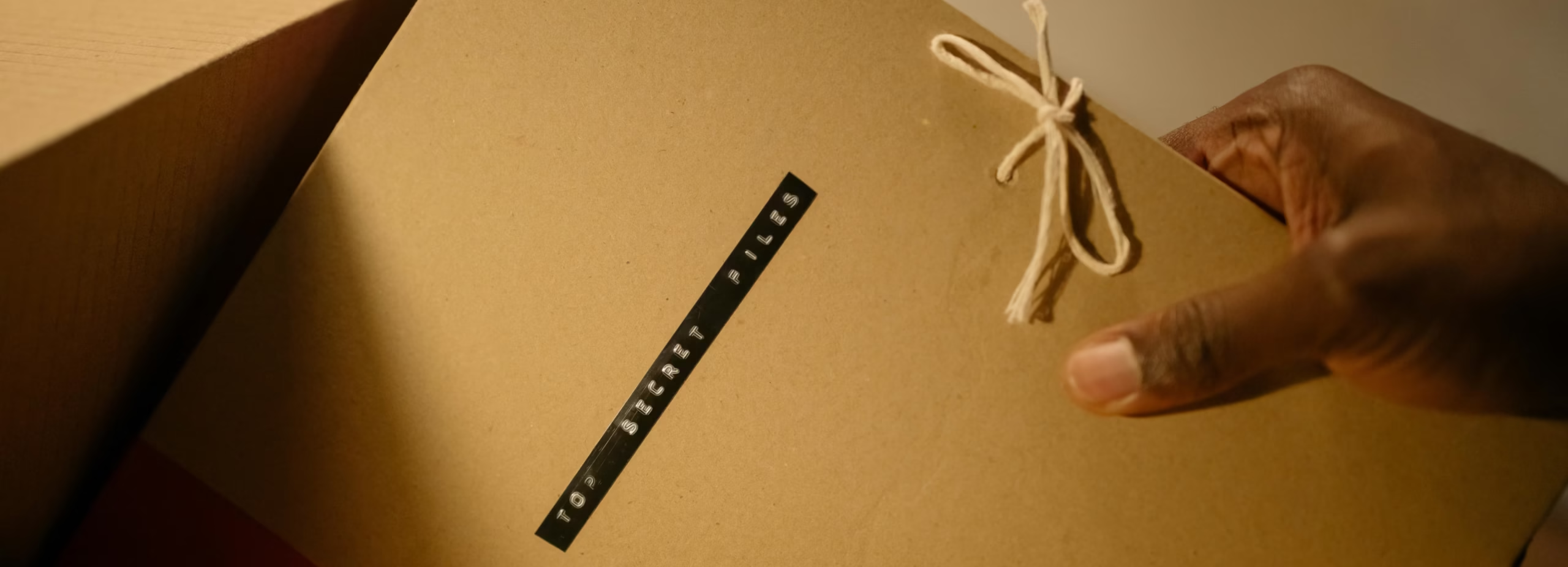If you’ve ever watched a legal team scramble at the close of discovery, you know the privilege log can be either a shield or a minefield. In the rush of modern litigation, especially with the digital avalanche of emails, chats, and attachments, the privilege log has become a front-line tool—one that can make or break a case. This week’s eDiscovery news put privilege logs under the microscope, and honestly, it’s about time. If you’re in legal, compliance, or operations risk, you can’t afford to treat these logs as a mere formality—they’re evidence, and the courts are watching closely[1][3][5].
Why Privilege Logs Matter: The Stakes and Drivers
Let’s set the scene: discovery is underway, deadlines are looming, and both sides are withholding documents on the grounds of privilege. Sounds routine, right? But here’s the thing—if you don’t have a defensible privilege log, you’re not just risking a slap on the wrist. Courts are increasingly willing to find that privilege is waived if the log is incomplete, vague, or late. That means sensitive communications, legal strategies, and confidential advice could be exposed. The urgency? Regulatory scrutiny is up, the volume of discoverable data is exploding, and the cost of getting it wrong—sanctions, disclosure, or even losing your privilege—is higher than ever[5][7].
On top of that, the Federal Rules of Civil Procedure (FRCP) Rule 26(b)(5) and the latest Sedona Conference Commentary on Privilege Logs are setting the bar higher for transparency and cooperation. The message from the bench is clear: privilege logs aren’t just paperwork—they’re a critical part of the evidence chain.
What Is a Privilege Log, Really?
A privilege log is a formal record explaining why certain documents are being withheld during discovery. Typically, it details the nature of each document, the privilege claimed (like attorney-client or work product), and enough context for the opposing party and the court to evaluate the claim—without revealing the privileged content itself. Picture it like the index in a safety deposit box: you list what’s inside, but you don’t hand over the keys.
But here’s where things get tricky. The FRCP Rule 26(b)(5) says you must describe the documents in a way that, without revealing privileged information, enables others to assess the claim. That means a half-baked log, or one that just says “email re: legal matter,” won’t cut it. Courts want specifics—dates, authors, recipients, subject matter, and the precise privilege asserted[3][5].
The Regulatory and Compliance Landscape
- Federal Rules of Civil Procedure (FRCP) Rule 26(b)(5): Requires parties to expressly make privilege claims and describe the nature of withheld documents with enough detail for others to assess the claim. Not following this can mean privilege is waived. Read the rule.
- Sedona Conference Commentary on Privilege Logs: This 2024 guidance sets out practical recommendations for privilege log format, timing, and specificity. It urges early agreement on log protocols to avoid end-of-discovery disputes. See the commentary.
- Local and State Rules: Many jurisdictions have their own spin, but the trend is clear—courts are raising expectations for privilege log quality and timeliness[5][9].
Benefits and Business Impact
Getting privilege logs right isn’t just about avoiding sanctions. They deliver:
- Transparency: They show you’re playing fair, which builds credibility with the court and opposing counsel.
- Risk Mitigation: Detailed logs help prevent accidental waiver of privilege, which can be devastating in high-stakes cases.
- Efficiency: A well-organized log streamlines dispute resolution, reducing the time and cost of discovery fights.
- Strategic Leverage: The log itself can support your claims and defenses, especially when challenged.
Key Roles in Privilege Log Creation
Common Pitfalls in Privilege Log Management
Despite their importance, privilege logs are frequently the source of costly mistakes and litigation headaches. Here are some of the most common pitfalls:
-
Vague Descriptions: Entries like “email re: legal advice” or “document prepared for counsel” are routinely rejected by courts for lacking detail. A defensible log should specify the document type, date, author, recipients, subject matter, and the exact privilege claimed.
-
Inconsistent or Incomplete Logs: Missing entries, inconsistent privilege assertions, or failure to update logs as new documents are reviewed can undermine credibility and risk waiver.
-
Late Production: Submitting logs after deadlines or in a piecemeal fashion can frustrate the court and opposing parties, sometimes resulting in sanctions or forced disclosure.
-
Over- or Under-Inclusion: Logging non-privileged documents wastes time and invites scrutiny, while failing to log genuinely privileged material risks waiver.
-
Failure to Follow Protocols: Ignoring agreed-upon log formats, ignoring local rules, or failing to consult the Sedona Conference recommendations can lead to challenges and judicial intervention.
Trends Shaping Privilege Log Practice
The landscape for privilege logs is evolving rapidly, driven by both technology and new judicial guidance:
-
Automation and AI: Advanced eDiscovery platforms now use artificial intelligence to help identify potentially privileged documents and auto-populate log fields, reducing manual effort and human error.
-
Categorical Privilege Logs: Courts and parties increasingly agree to use categorical logs—grouping similar documents together with a common description—to streamline review and reduce costs, as endorsed by the Sedona Conference.
-
Early Protocol Agreements: More parties are negotiating privilege log protocols at the outset of litigation, covering format, timing, and scope, to avoid disputes at the end of discovery.
-
Judicial Scrutiny: Courts are scrutinizing privilege logs more closely, demanding greater specificity and timely production, and showing less tolerance for boilerplate or generic entries.
Compliance Essentials: Meeting the Standard
To meet the rising bar for privilege log compliance, organizations should focus on these best practices:
1. Understand the Rules
-
Federal Rules of Civil Procedure (FRCP) Rule 26(b)(5): Know the minimum requirements for privilege claims and log descriptions.
-
Sedona Conference Guidance: Follow its 2024 commentary for practical recommendations on log structure, timing, and specificity.
-
Local Court Rules: Always check for jurisdiction-specific requirements or standing orders that may supplement or override federal standards.
2. Set Clear Protocols
-
Establish privilege log protocols early—ideally in the Rule 26(f) conference—including format, level of detail, timing, and dispute resolution mechanisms.
-
Use templates that prompt for all required fields: document type, date, author, recipients, privilege asserted, and a non-privileged description.
3. Leverage Technology
-
Deploy eDiscovery tools that support privilege coding, automated log generation, and quality control checks.
-
Use analytics to identify patterns and outliers that may indicate inconsistent privilege claims.
4. Train and Supervise Review Teams
-
Provide ongoing training on privilege standards, log requirements, and common pitfalls.
-
Ensure experienced counsel reviews borderline calls and finalizes the log before production.
5. Maintain Audit Trails
-
Keep detailed records of privilege determinations, review notes, and changes to log entries to support your claims if challenged.
Sample Privilege Log Entry
| Document Type | Date | Author | Recipients | Subject Matter | Privilege Asserted | Description |
|---|---|---|---|---|---|---|
| 03/15/2025 | Jane Smith | John Doe, Legal | Draft contract review and advice | Attorney-Client | Email from counsel to client providing legal advice on contract terms. |
Privilege logs are no longer an afterthought—they are a critical compliance and litigation tool. With courts, regulators, and opposing counsel demanding greater transparency and precision, legal and compliance teams must treat privilege log management as a core discipline. By understanding the rules, leveraging technology, and following best practices, organizations can turn privilege logs from a source of risk into a strategic asset in eDiscovery and litigation.




